Read all of art critic David Apatoff’s columns here.
Cowboy stories were always popular with readers of The Saturday Evening Post. Several different artists were called upon to imagine the wild west for these stories, but none painted the old west as authentically as the great Harold von Schmidt.
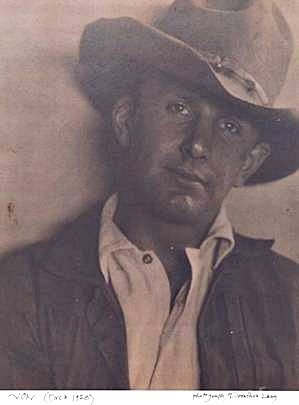
Von Schmidt was a “leather-skinned Westerner with a lean, tanned face, a Will Rogers cowlick and eyes that seem to be focused on the horizon,” as described in his monograph from the Institute of Commercial Art. He was born in rural California in 1893, and, after being orphaned at age five, spent his early years exploring what he called “the last of the old west.” He recalled, “I had more freedom than most boys—the freedom of being forgotten…. Tactful forgetting is a fine thing for children. Being on their own gives them the initiative to succeed in a land of free enterprise.”
On his way to succeeding, von Schmidt worked as a cowhand, a lumberjack, a mule driver and a construction worker on a dam. He went down to the Mexican border where he met Pancho Villa’s ragged bandits. He learned about cattle and horses the hard way, as a working cowboy on long trail drives.
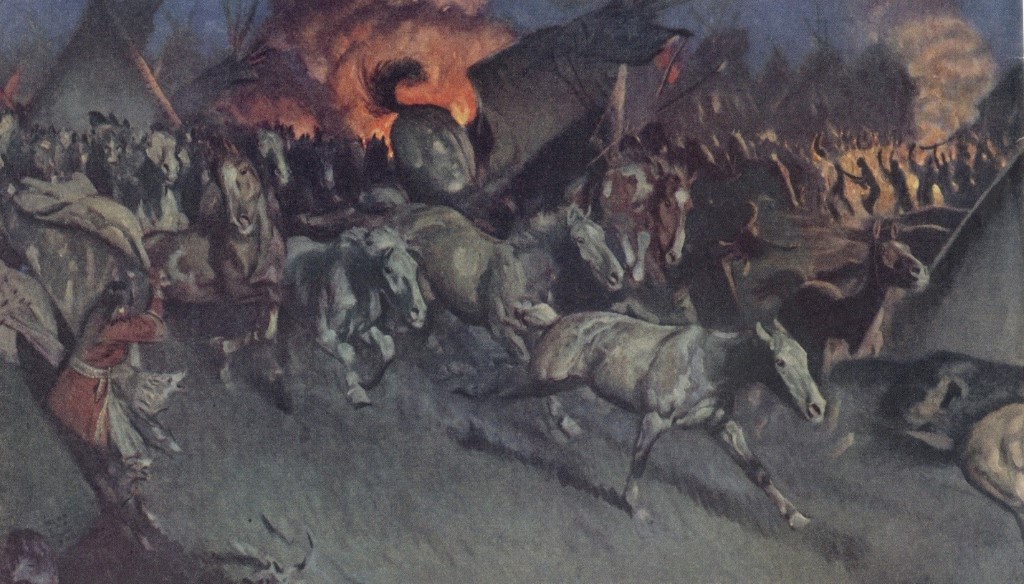
He also broke his neck twice, as well as half a dozen other bones, and dislocated his shoulder. On the good side, he once had lunch with the real Buffalo Bill.
Von Schmidt loved to draw and often kept a sketchbook with him. One day he met the famous western artist Maynard Dixon. Von Schmidt blurted out, “I’m trying to paint. I like the things you do.” Dixon did not give art lessons, but he was looking for a model and a studio assistant. He hired von Schmidt, and they soon formed a bond that changed the direction of von Schmidt’s life.
Dixon was impressed when he saw von Schmidt’s artwork. He said, “They’re a good deal better than I was doing at your age.” He spent a year coaching von Schmidt on how to improve his work.
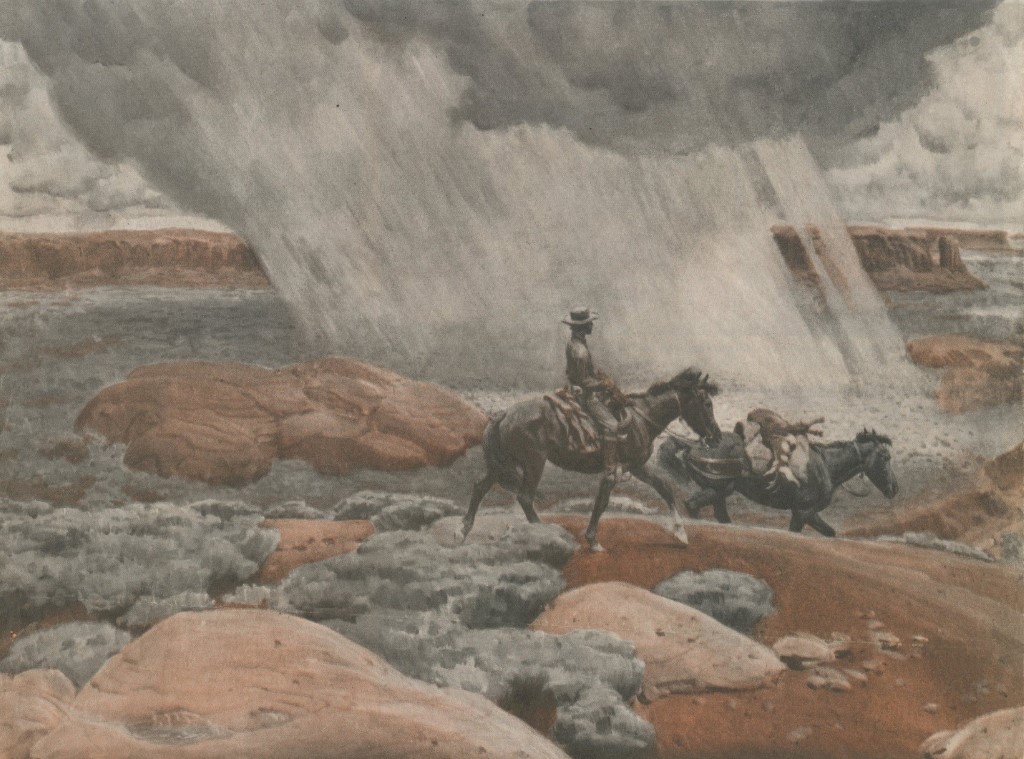
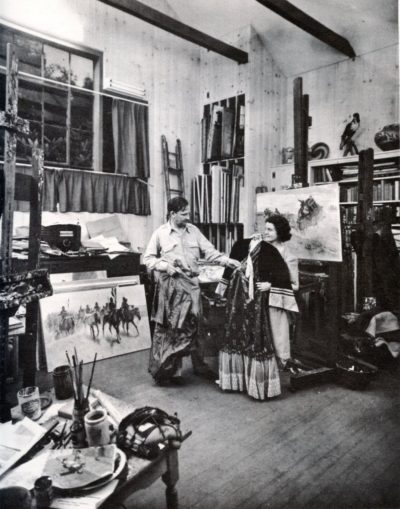
In 1924 von Schmidt moved to New York in the hope of becoming a professional illustrator. He took his western artifacts and his ten gallon hat with him. In New York he met his wife, raised a family and became a highly successful illustrator.
For decades he was one of the lead illustrators for the Post. He painted a wide variety of subjects, but he was most famous for his illustrations of the old west. His pictures had an authenticity that you could not get from sitting in an art school; it was the kind of authenticity that you acquire from being thrown off a horse and landing on the hard ground.
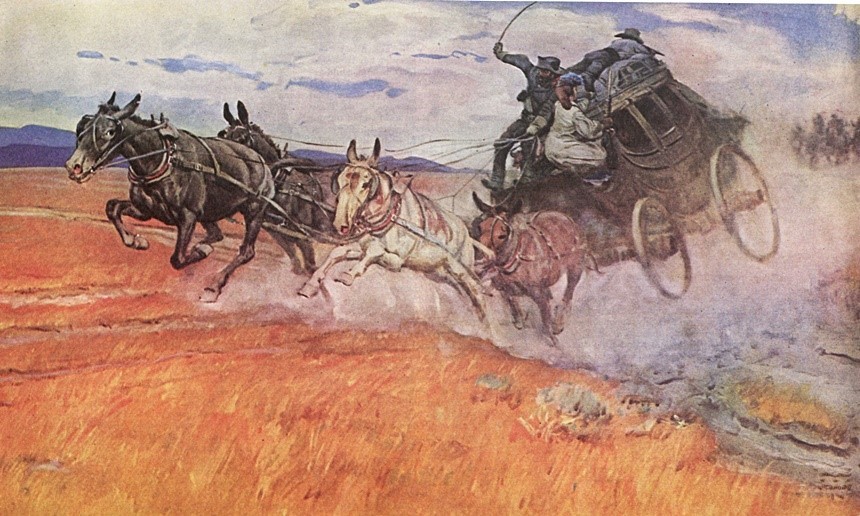
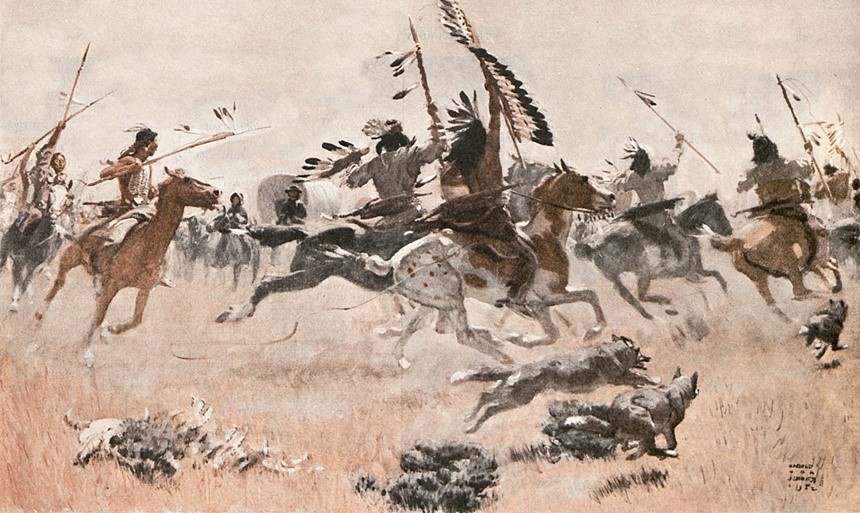
He went on to become the president of the Society of Illustrators, vice president of the Artists’ Guild, and a founding member of the Famous Artists School. In 1959, he was elected to the Society of Illustrators’ Hall of Fame.
Later in life, after von Schmidt had moved to a large home in a prosperous Connecticut suburb, he looked around and remembered, “Once, I said to Maynard Dixon, who did so much for me, ‘Maynard, I’ll probably never have any money. How can I repay you?’ Dixon answered, ‘You can paint fine pictures and pass the word along.’” Von Schmidt tried to honor that standard throughout his career.
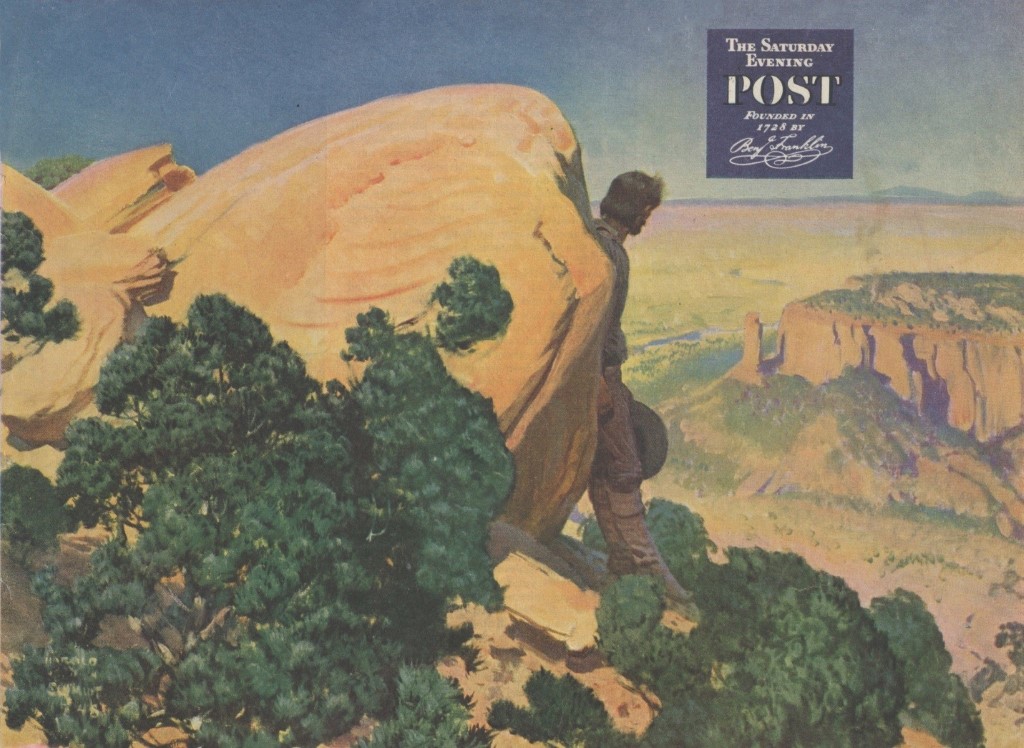
Become a Saturday Evening Post member and enjoy unlimited access. Subscribe now

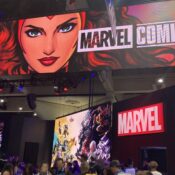
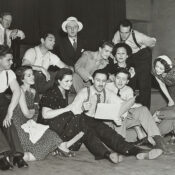

Comments
you have no idea the impact the POST and Von Schmidt’s illustrations had on my family. My Father literally used to go to the Doctor just to read old copies of the Saturday Evening post in the man’s office. He was the only only one in our small town who could afford a subscription! This was in 1950, in Scotland. Von Schmidt’s illustrations filled my Father’s imagination with romantic notions of the old west. So when we immigrated to the US in 1953, we moved to South Dakota, home of the Black Hills, the Little Big Horn etc. My father actually published an unsuccessful cookbook ‘the cowboy trail recipes’ and illustrated with his own black and white sketches. Reality, set in a year later and dead broke, we moved to Toronto, Canada, where he became a heavy construction equipment salesman. But he gave his Von Schmidt inspired dreams, a shot and for that i’ll always be grateful to the Post.
Bob McGowan– Thanks for your comment. I ‘m glad you enjoy von Schmidt’s work. He was very well known, one of the original “Famous Artists,” but his focus on cowboy art may have kept him off your radar. When the town of Westport Connecticut asked the top illustrators there to contribute a drawing of a “Westport landmark” for a town event, Bernie Fuchs surprised everyone by contributing a drawing of Harold von Schmidt.
I agree that his triumph over adversity was quite inspiring. And thanks for the alert, I’ll go back and check the car column.
This feature on Harold von Schmidt is fascinating. I really wasn’t familiar with him before, and am very impressed by not only his beautiful western art, but all he endured as a person, and brought that out in his work.
As someone who had his shoulder dislocated in a freak accident in 2008, I know how horrible that pain is. Adding a broken neck twice (!!) is too painful to contemplate. He persevered and triumphed over such adversity.
I love the action art you feature here that he did. I know it would have to be very difficult to draw, but he did it–beautifully! I want to look into ordering some coffee table books of his art.
David, please refer to your 3/27/18 Post feature on the challenge of illustrating the earliest cars. I just put in new comments there that are auto art related, instead of here.